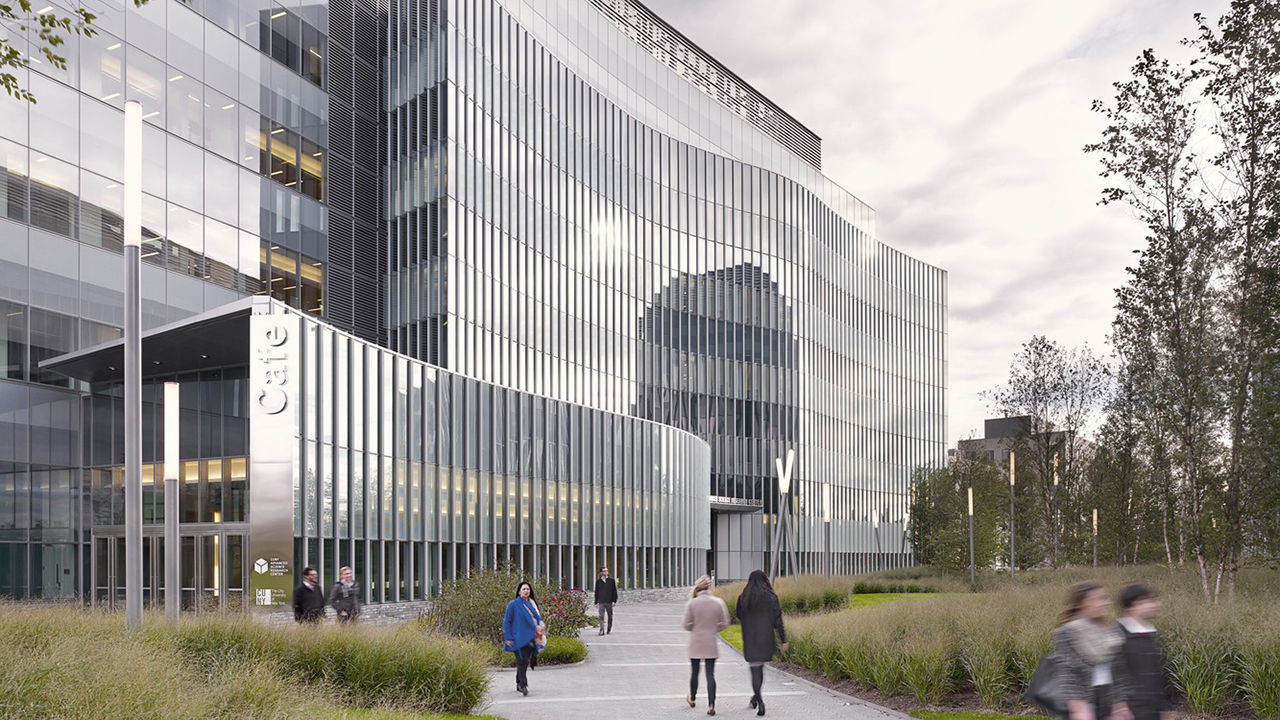
One of the biggest challenges of navigating through sensory-complex environments, such as New York City, is to limit our attention to important events. Our choices are often driven by salience, meaning the features of an event that stand out in a particular context. Through behavioral experiences, we learn to ignore irrelevant contextual cues, while avoiding cues associated with harmful environments and pursuing those that lead to gratifying ones. The precise association of environmental cues with a particular behavioral experience determines our ability to adapt to complex environments, and is an essential survival skill that is often impaired in a number of neuropsychiatric disorders, such as schizophrenia.
Dr. Mingote’s research in mice aims to understand how the brain forms and updates the memory of salient events to discriminate between harmful, rewarding, or neutral environments in both healthy and diseased conditions. Her group is particularly interested in how dopamine neuron projections to the lateral entorhinal cortex modulate memory of salient events, and how neuron-astrocyte interactions are involved in this memory process. The lab utilizes several methods to address these questions including, synaptic physiology (patch-clamp techniques) in combination with optogenetics, anatomical and imaging techniques for 3D mapping of neuronal connections, and intersectional viral strategies for in vivo stimulation of genetically-identified subpopulations of neurons, using either optogenetics or chemogenetics techniques.
For more information:
Mingote Lab
Website | smingote@gc.cuny.edu
Advanced Science Research Center
Neuroscience Initiative
85 St Nicholas Terrace
New York, NY 10031
